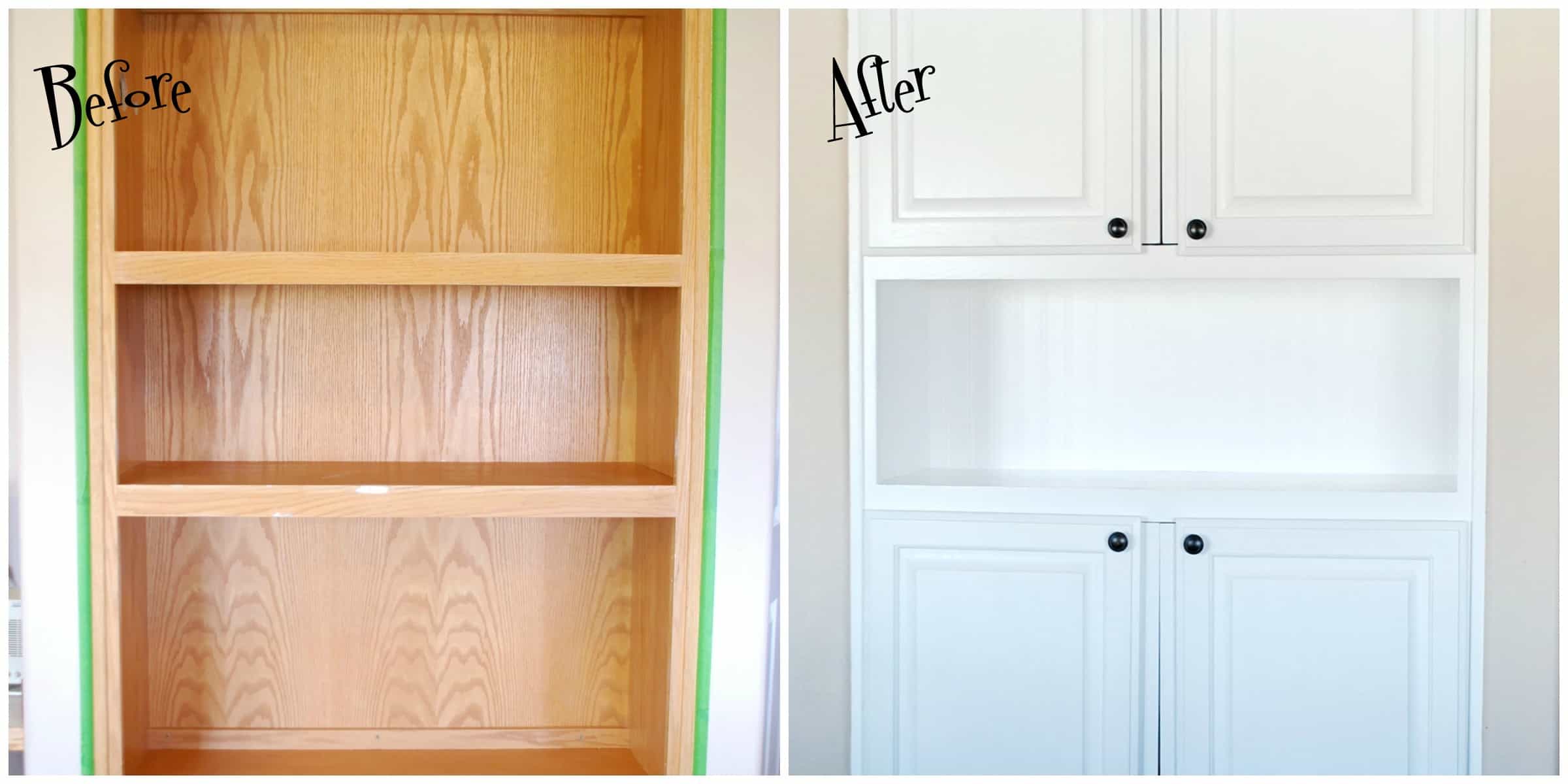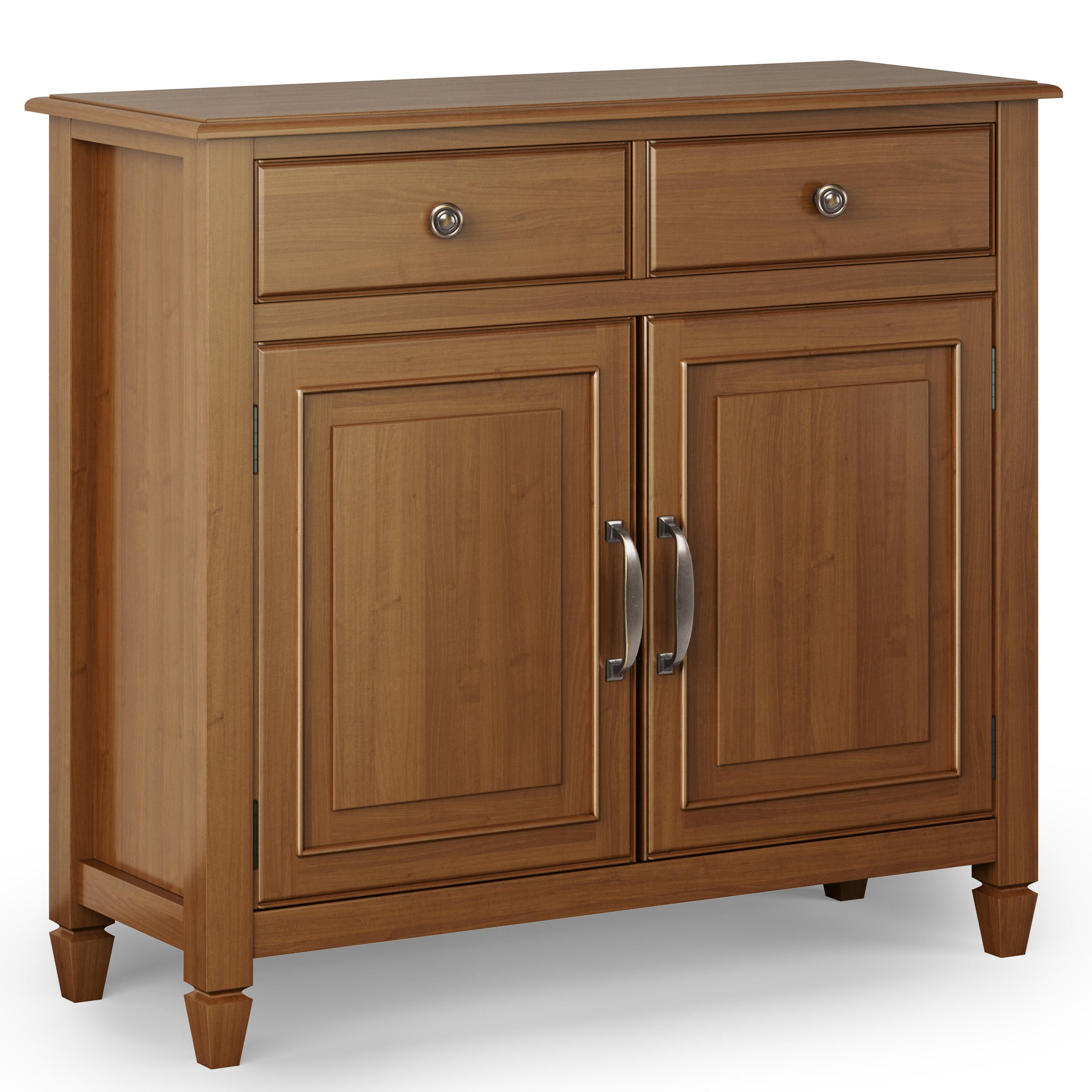Design & Aesthetics of Beadboard Cabinets

Beadboard, with its classic charm and versatile nature, adds a touch of relaxed sophistication to any space, especially when incorporated into wooden storage cabinets. Its clean lines and subtle texture create a visually appealing contrast against the warmth of the wood, making it a popular choice for various interior design styles. This section explores the diverse design possibilities offered by beadboard cabinets, focusing on aesthetics and the impact of design choices.
Beadboard Cabinet Design Styles
The beauty of beadboard lies in its adaptability. It seamlessly integrates into diverse styles, from rustic retreats to modern farmhouses. The choice of wood significantly influences the final aesthetic. Rich, dark woods like walnut or mahogany create a luxurious and sophisticated feel, while lighter woods such as pine or oak offer a more casual, airy ambiance. Finishes range from natural, showcasing the wood grain, to painted finishes in vibrant colors or calming neutrals. A distressed finish can add a touch of vintage charm, while a sleek, polished finish contributes to a more contemporary look. For example, a rustic cabinet might feature reclaimed wood with a natural finish, while a modern farmhouse cabinet could be painted white with black hardware.
Impact of Beadboard Panel Size and Placement
The size and arrangement of the beadboard panels dramatically impact the overall visual effect. Larger panels create a clean, minimalist look, while smaller panels offer a more detailed, traditional feel. The placement of the beadboard – whether on the entire cabinet face, just the doors, or as an accent – also contributes to the overall design.
| Panel Size | Placement | Overall Aesthetic | Example |
|---|---|---|---|
| Large (wide panels) | Entire cabinet face | Clean, modern | A tall white shaker-style cabinet with wide beadboard panels, minimalist brass hardware. |
| Small (narrow panels) | Cabinet doors only | Traditional, detailed | A medium-sized cabinet in dark stained oak, with narrow beadboard panels on the doors, and simple cup pulls. |
| Medium (medium-sized panels) | Accent panels on drawers | Subtle, elegant | A light-colored cabinet with medium-sized beadboard panels used as accents on the drawers, showcasing the wood grain. |
| Mixed Sizes | Combination of placements | Eclectic, layered | A cabinet with a mix of large and small beadboard panels, creating visual interest, possibly with a two-tone paint scheme. |
Comparative Analysis of Beadboard Cabinets, Beadboard wooden storage cabinets
Compared to other cabinet styles, beadboard cabinets offer a unique blend of visual appeal and design flexibility. While shaker cabinets emphasize clean lines and simple details, beadboard cabinets add texture and visual interest. Compared to slab-door cabinets, which can appear stark, beadboard cabinets provide a warmer, more inviting aesthetic. The versatility of beadboard allows for customization, accommodating various design preferences and seamlessly integrating into different interior styles.
Three Beadboard Cabinet Design Styles
Here are three distinct beadboard cabinet styles showcasing the versatility of this design element:
Beadboard wooden storage cabinets – Rustic Beadboard Cabinet: This style uses reclaimed wood with a natural or lightly distressed finish. The beadboard panels are relatively small, adding a sense of age and character. Hardware choices would include simple, wrought-iron pulls or antique-style knobs. The overall effect is warm, inviting, and full of rustic charm.
Modern Farmhouse Beadboard Cabinet: This style features a painted finish, often white or a soft pastel shade, contrasted with black or dark bronze hardware. The beadboard panels are typically medium to large, contributing to a clean and contemporary feel while maintaining the farmhouse aesthetic. The wood could be pine or a similar light-colored wood.
Traditional Beadboard Cabinet: This style utilizes a classic wood like cherry or mahogany with a polished finish. The beadboard panels are usually medium-sized and arranged in a symmetrical pattern. The hardware is more ornate, perhaps featuring brass or antique-style knobs and pulls. The overall effect is elegant and timeless.
Functionality & Practical Uses

Beadboard cabinets, with their breezy, Balinese-inspired aesthetic, offer a delightful blend of style and practicality. Their versatility allows them to seamlessly integrate into various spaces, enhancing both the visual appeal and storage capacity of your home. Let’s delve into the functional heart of these charming cabinets.
The design possibilities for incorporating beadboard cabinets into your home are as vast as the Balinese coastline. From sleek modern spaces to rustic beach houses, their adaptable nature ensures they’ll always fit in. Their charm comes from the simple elegance of the beadboard paneling, which can be easily customized to complement any decor style.
Storage Solutions within Beadboard Cabinets
The clever design of beadboard cabinets allows for a variety of storage solutions, maximizing space and organization. Consider these options to fully harness their potential:
- Adjustable Shelves: Easily customize shelf height to accommodate items of varying sizes, from spices in the kitchen to linens in the bedroom.
- Drawers: Integrate drawers for smaller items, keeping them neatly tucked away and easily accessible. Think silverware in the kitchen or jewelry in the bedroom.
- Pull-out Baskets: Optimize corner space and improve accessibility with pull-out baskets ideal for storing frequently used items.
- Spice Racks (Kitchen): Install dedicated spice racks within the cabinet doors for easy access to culinary essentials.
- Medicine Cabinet (Bathroom): Designate a section for toiletries and medicines, keeping them organized and within easy reach.
Beadboard Cabinets in Different Rooms
The suitability of beadboard cabinets varies depending on the room’s environment and usage. Understanding these nuances ensures optimal functionality and longevity.
- Kitchen: Beadboard cabinets offer a charming, rustic touch, but their susceptibility to moisture requires careful consideration. Choose a water-resistant finish and avoid placing them near sinks or stoves.
- Bathroom: Similar to kitchens, bathrooms demand moisture-resistant finishes. Well-sealed beadboard cabinets can be a beautiful addition, providing ample storage for towels and toiletries.
- Bedroom: Beadboard cabinets offer a calming, elegant presence in bedrooms. They are ideal for storing clothing, linens, and other personal items.
- Living Room: Used as media cabinets or display units, beadboard cabinets blend seamlessly into various living room styles, offering a sophisticated storage solution.
Durability and Longevity of Beadboard Cabinets by Wood Type
The choice of wood significantly impacts the durability and longevity of your beadboard cabinets. Consider these options:
| Wood Type | Durability | Moisture Resistance | Longevity |
|---|---|---|---|
| Oak | High | Medium | High |
| Pine | Medium | Low | Medium |
| Mahogany | High | Medium | High |
| Cedar | Medium | High | Medium-High |
Building a Simple Beadboard Cabinet
Constructing a basic beadboard cabinet is a manageable DIY project. This detailed guide Artikels the process:
Material List: Wood (pine or similar), beadboard paneling, hinges, handles, screws, wood glue, wood stain or paint, sandpaper.
Step-by-Step Assembly:
- Cut the wood: Cut the wood pieces to the desired dimensions for the cabinet sides, top, bottom, and shelves. Ensure precise measurements for a clean fit.
- Assemble the frame: Use wood glue and screws to assemble the cabinet frame, ensuring square corners and strong joints.
- Attach beadboard: Apply the beadboard paneling to the cabinet sides and doors. Use wood glue and brads for secure attachment.
- Install shelves: Cut and install shelves at desired heights, using shelf supports for stability.
- Attach hinges and handles: Attach hinges to the doors and cabinet frame, then install handles.
- Finish: Sand the cabinet smooth, then apply wood stain or paint to your desired finish.
Manufacturing & Sourcing: Beadboard Wooden Storage Cabinets

Crafting beautiful, functional beadboard cabinets blends artistry with precision. From the initial design sketch to the final sanding, each step contributes to the cabinet’s unique character and lasting quality. The process involves a careful balance of traditional craftsmanship and modern manufacturing techniques, reflecting the laid-back elegance of Balinese design.
The manufacturing process typically begins with selecting high-quality wood, often sustainably sourced. This is followed by precise cutting and shaping of the wood components according to the cabinet’s design. The beadboard panels are then carefully crafted, often using a router or specialized tooling to create the distinctive grooved pattern. Assembly involves precise joinery, ensuring a strong and durable structure. Finishing touches, such as staining, painting, or applying a protective sealant, add the final layer of sophistication and protection. Hardware selection and installation complete the process, resulting in a ready-to-use storage solution.
Cost Comparison: Custom vs. Mass-Produced
Custom-made beadboard cabinets offer unparalleled flexibility in design and material choices, allowing for truly unique pieces tailored to specific needs and aesthetics. However, this bespoke approach naturally comes with a higher price tag, reflecting the individualized attention and skilled labor involved. Mass-produced cabinets, on the other hand, leverage economies of scale to offer more affordable options. While design choices may be more limited, they provide a practical and budget-friendly solution for those seeking functional storage without the premium price of customization. For example, a custom-made cabinet might cost upwards of $1500, while a comparable mass-produced model could range from $300 to $800 depending on size and materials. The difference reflects the cost of personalized design, handcrafted construction, and higher-quality materials often used in custom work.
Sourcing Beadboard Materials and Cabinet Hardware
Finding the right materials is crucial for achieving the desired aesthetic and functionality. Here are some potential resources:
- Local Lumber Yards: Often carry a variety of wood types and beadboard paneling, allowing for direct inspection of quality and grain patterns. They can also provide advice on wood selection and finishing techniques.
- Online Retailers: Offer a wide selection of beadboard panels, cabinet hardware, and woodworking supplies, often with competitive pricing and convenient delivery. Websites specializing in woodworking supplies are excellent resources.
- Specialty Wood Suppliers: These suppliers cater to professional woodworkers and often carry higher-end materials, including exotic wood species and custom-cut beadboard panels.
- Home Improvement Stores: While selection might be more limited than specialized suppliers, they offer readily available options for beadboard and standard cabinet hardware at varying price points.
- Antique Shops and Reclamation Yards: These unique sources can offer reclaimed beadboard panels with character and history, adding a touch of vintage charm to your project. This option is environmentally friendly and provides one-of-a-kind materials.
